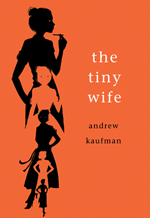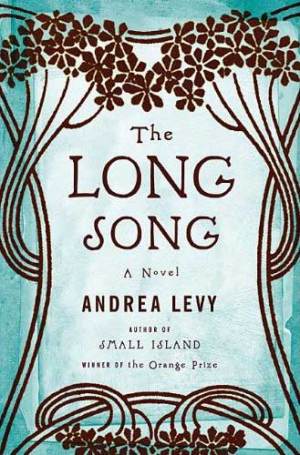ShelvAR
The perfect app for frustrated librarians dealing with mis-shelved books. This augmented reality app for Android devices makes rearranging a joyful chore. Developed by Miami University’s Augmented Reality Research Group. www.muarrg.com
National Post says “West is best”
Brad Frenette talks books and publishing on the westcoast with Billie Livingston, Ian Weir, Kevin Chong, Caroline Adderson, John Vaillant, Timothy Taylor, Annabel Lyon, Zsuzsi Gartner, and Steven Galloway. http://arts.nationalpost.com/2011/04/29/vancouver/
Rejection Letters
Author Daniel Menaker offers a look at his collection of rejection letters. Bit sad really. http://www.huffingtonpost.com/daniel-menaker/a-rejection-is-a-rejectio_b_863291.html
How many books were published in 2010?
Bowker’s Books In Print reports their preliminary estimates of print books published in 2010. Wow, 3.1 million. http://lunch.publishersmarketplace.com/2011/05/when-anything-can-be-a-book-anything-is-a-book/
Philip Roth wins Booker but judge resigns
Carmen Callil retires from the Booker judging panel after the decision to give the award to Philip Roth, whose work she considers a case of ‘Emperor’s clothes.’ http://www.guardian.co.uk/books/2011/may/18/judge-quits-philip-roth-booker?CMP=twt_gu
UPDATE:
A Book in Every Home
I forgot this story about getting a book in every home. http://opinionator.blogs.nytimes.com/2011/05/16/a-book-in-every-home-and-then-some/
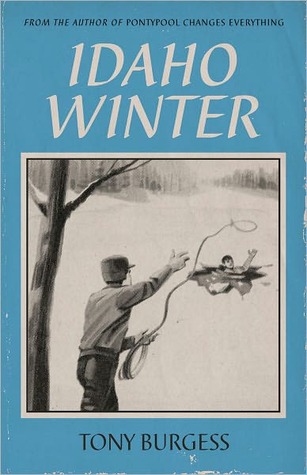
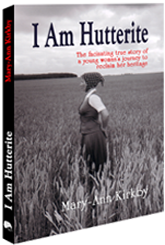
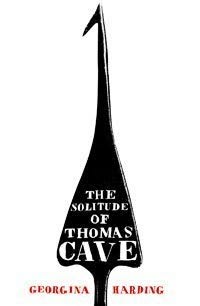
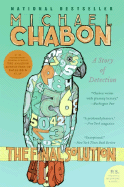 I know Michael Chabon’s work only because of his Pulitzer-winning The Amazing Adventures of Kavalier and Clay, but I recently borrowed a copy of The Final Solution: A Story of Detection from my friend Julie, who enjoyed the novel, as did I.
I know Michael Chabon’s work only because of his Pulitzer-winning The Amazing Adventures of Kavalier and Clay, but I recently borrowed a copy of The Final Solution: A Story of Detection from my friend Julie, who enjoyed the novel, as did I. 
